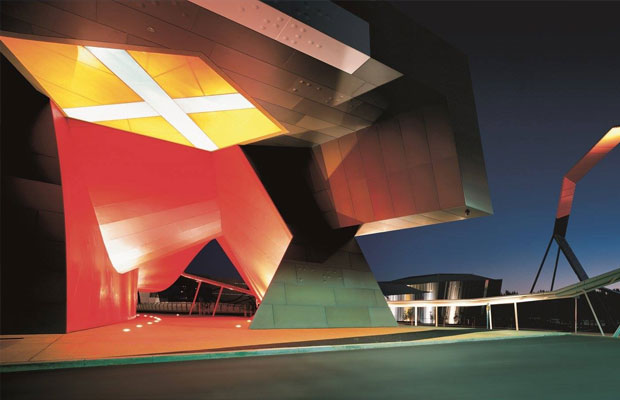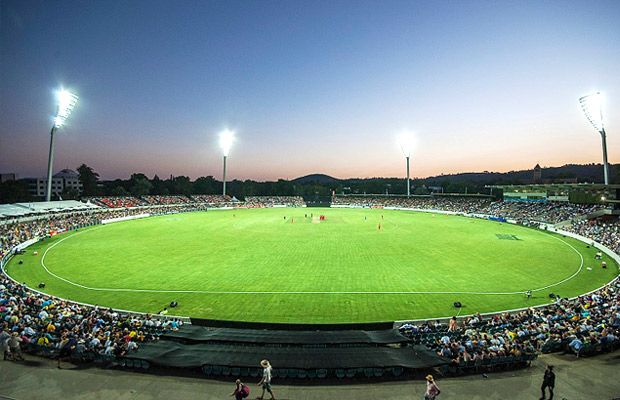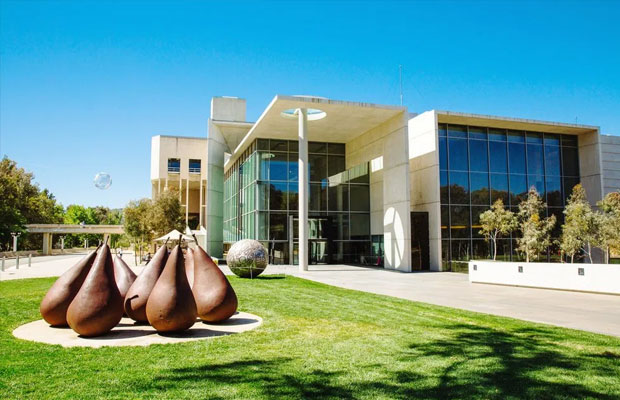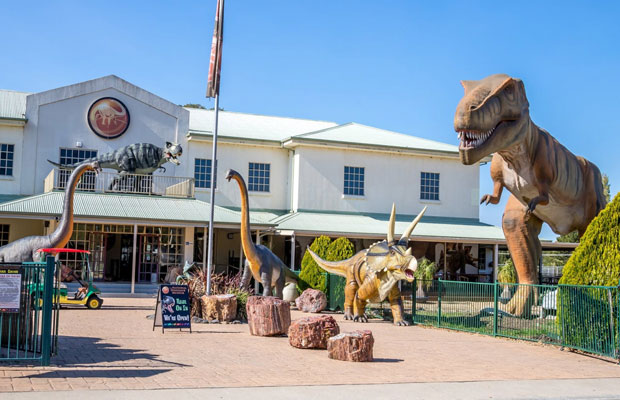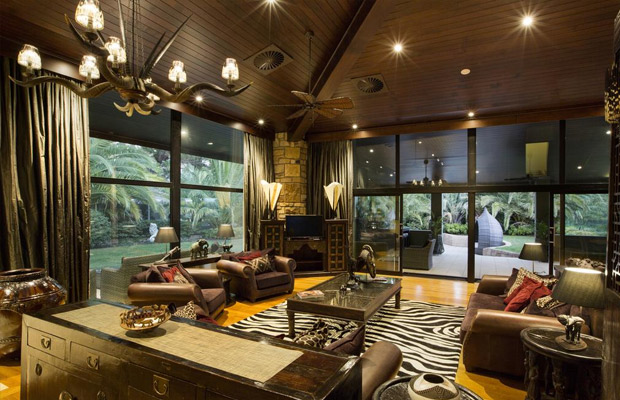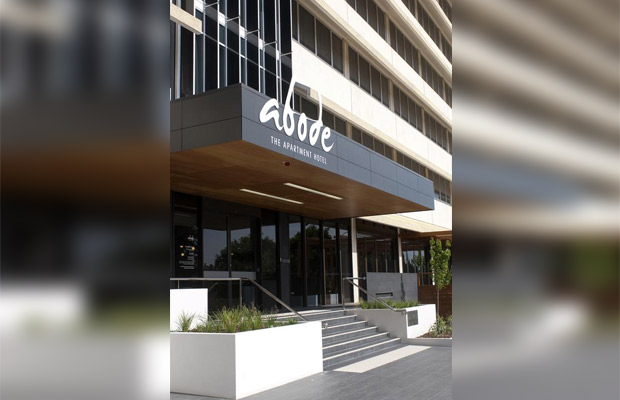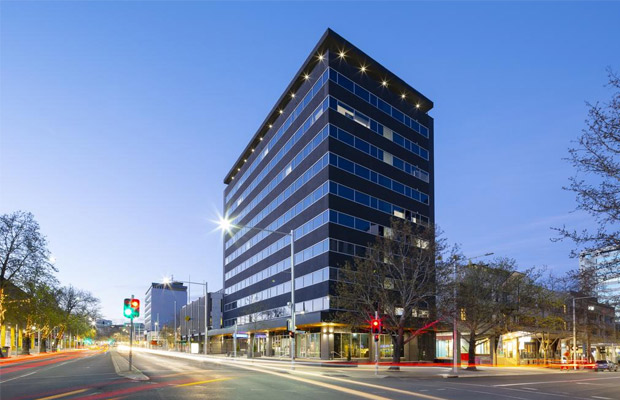National Museum of Australia
National Museum of Australia
Australia
Canberra
Canberra Travel Guide
Book Tour & Activities
Your tour in Canberra.
Book your stay
Your hotel in Canberra.
Overview
The National Museum of Australia, in the national capital Canberra, preserves and interprets Australia's social history, exploring the key issues, people and events that have shaped the nation.
It was formally established by the National Museum of Australia Act 1980. The museum did not have a permanent home until 11 March 2001, when a purpose-built museum building was officially opened. The museum profiles 50,000 years of Indigenous heritage, settlement since 1788 and key events including Federation and the Sydney 2000 Olympics. The museum holds the world's largest collection of Aboriginal bark paintings and stone tools, the heart of champion racehorse Phar Lap and the Holden prototype No. 1 car. The museum also develops and travels exhibitions on subjects ranging from bushrangers to surf lifesaving. The National Museum of Australia Press publishes a wide range of books, catalogues and journals. The museum's Research Centre takes a cross-disciplinary approach to history, ensuring the museum is a lively forum for ideas and debate about Australia's past, present and future.
Architecture
As designed by architect Howard Raggatt (design architect and design director for the project), the museum building is based on a theme of knotted ropes, symbolically bringing together the stories of Australians. The architects stated: "We liked to think that the story of Australia was not one, but many tangled together. Not an authorized version but a puzzling confluence; not merely the resolution of difference but its wholehearted embrace."[8] The building is meant to be the centre of a knot, with trailing ropes or strips extending from the building. The most obvious of these extensions forms a large loop before becoming a walkway which extends past the neighbouring AIATSIS building ending in a large curl, as if a huge ribbon has haphazardly unrolled itself along the ground. Known as the "Uluru Axis" because it aligns with the central Australian natural landmark, the ribbon symbolically integrates the site with the Canberra city plan by Walter Burley Griffin and the spiritual heart of indigenous Australia.
The shape of the main entrance hall continues this theme: it is as though the otherwise rectangular building has been built encasing a complex knot which does not quite fit inside the building, and then the knot taken away. The entirely non-symmetrical complex is designed to not look like a museum, with startling colours and angles, unusual spaces and unpredictable projections and textures.
Though hard to precisely categorise, the building can be seen as an example of Charles Jencks' "new paradigm". Some characteristics of Deconstructivism can also be identified.
The organising concept of the scheme using the idea of a "tangled vision" incorporates a variety of references including:
- Bea Maddock's "Philosophy Tape"
- Jackson Pollock's "Blue Poles"
- boolean string, a knot, and Ariadne's thread
- the Aboriginal Dreamtime story of the Rainbow Serpent making the land.
The building's architecture is thus meant to imply that the story of Australia is not one story, but many stories tangled together. The building also refers to or quotes other buildings:
- a Burley-Griffin designed cloister at Newman College in Melbourne
- the Sydney Opera House – both the parts designed by Jørn Utzon, and sections designed by the other architects
- the shell curves of Félix Candela
- the Hall is evocative of Eero Saarinen's terminal at the J F Kennedy Airport in New York
- the arc is like a piece of work by Richard Serra
- the Garden of Australian Dreams is meant to evoke a range of different cartographies
- the walls use selected fragments of the word Eternity – evoking the story of Arthur Stace who for thirty years chalked this single word on the pavements of Sydney
- the most controversial quotation is a reference to the Daniel Libeskind's Jewish Museum Berlin, Germany which opened in 1999
Address: Lawson Cres, Acton ACT 2601, Australia
Hours: Closed ⋅ Opens 9AM Sun
Architectural style: Deconstructivism
Founded: 1980
Architect: Howard Raggatt
Video Travel Inspiration
See National Museum of Australia on Map
Most Popular Cities

Siem Reap
Cambodia
Ho Chi Minh City
Vietnam
Beijing
China
Paris
France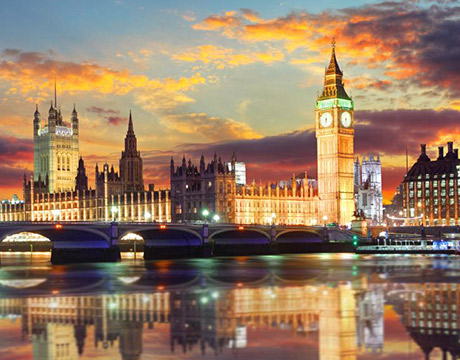
London
United Kingdom
New York
USA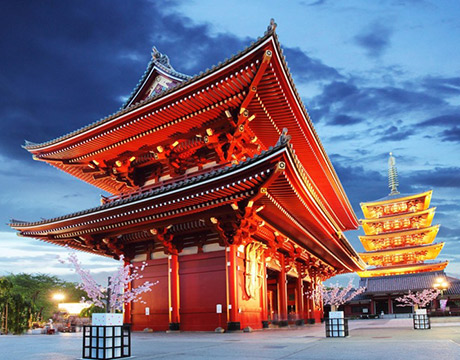
Tokyo
Japan
Bangkok
Thailand
Seoul
South Korea
Vientiane
Laos
Yangon
Myanmar
Washington DC
USA
Los Angeles
USA
Ottawa
Canada
New Delhi
India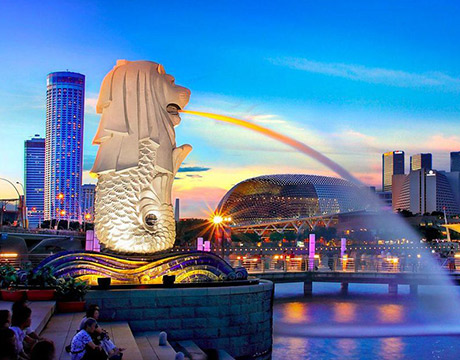
Singapore
Singapore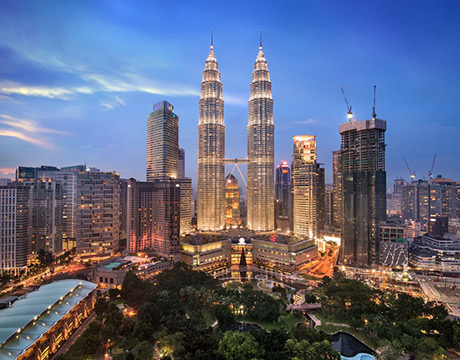
Kuala Lumpur
Malaysia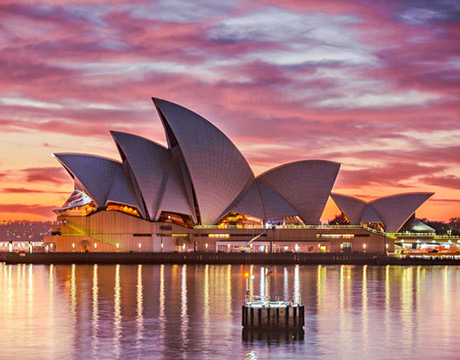
 English
English French
French Khmer
Khmer Thai
Thai Vietnamese
Vietnamese Chinese
Chinese Korean
Korean German
German Japanese
Japanese Italian
Italian Russian
Russian Spanish
Spanish Dutch
Dutch Indonesian
Indonesian Malay
Malay
